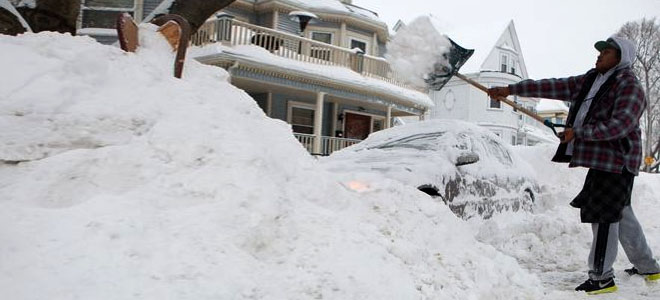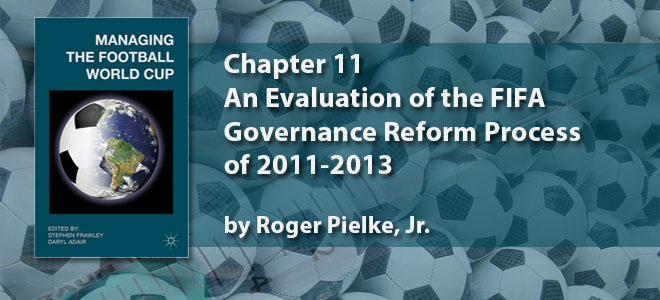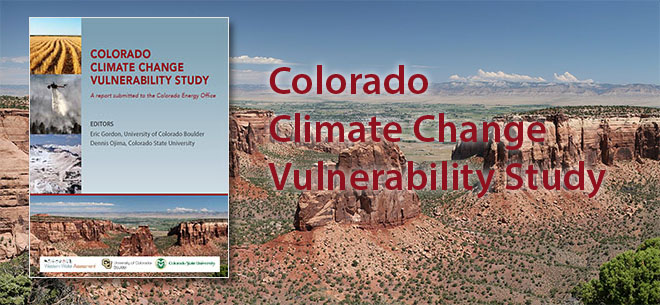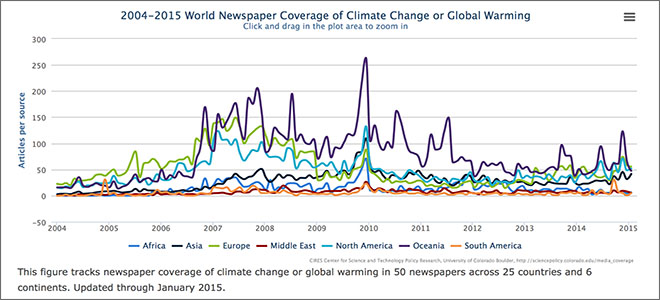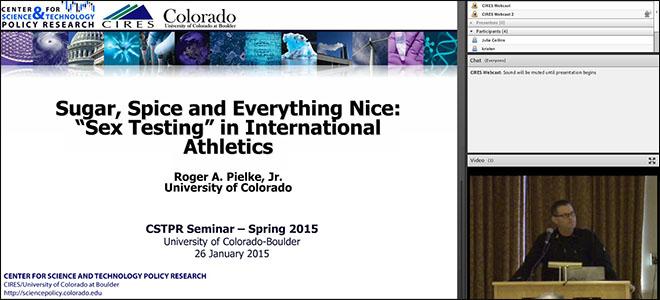Benjamin Hale was quoted in a Christian Science Monitor article:
Can ‘climate intervention’ help fend off global warming?
The National Academy of Sciences outlines a research agenda for two broad approaches that may be needed as greenhouse gas emissions continue to rise.
By Pete Spotts
Christian Science Monitor
February 10, 2015
A panel of scientists from the United States is calling for more research into tools for intentionally altering components of Earth’s climate system as a way to forestall or blunt the worst effects of global warming.
Neither of the two broad approaches that the National Research Council (NRC) panel examined in a pair of reports released Tuesday is ready for prime time. But of the two, removing carbon dioxide from the atmosphere is far enough along to benefit from dedicated research-and-development efforts to scale up the techniques and cut their costs.
The other, altering the amount of sunlight that Earth’s surface receives, carries too many unknown, hard-to-quantify risks for it to be more than a topic of additional research – at least for now.
The 16-member panel, operating under the auspices of the National Academy of Sciences, was asked to review what’s known about the techniques and recommend additional steps to give the public and politicians the information needed to decide whether such tools should be used to tackle global warming, and to explore some of the ethical and policy issues that should be addressed.
The effort comes at a time when greenhouse-gas emissions, mainly carbon dioxide, from burning fossils fuels and from land-use changes continue to rise – reaching levels not seen in the climate system for more than 800,000 years.
Meanwhile, global talks aimed at producing a new climate treaty that embraces all nations, not just the industrial countries, are heading to what negotiators hope will be approval in Paris at the end of the year. But the pledges that countries have made so far to tackle emissions fall short of what researchers say is needed in the near term to stand even a 50-50 chance of holding the increase in global average temperatures to about 2 degrees C (3.6 degrees F.) above preindustrial levels by the end of the century.
Like the concept of adaptation to global warming before it, the notion of intentionally altering aspects of the climate system to forestall or reduce the more harmful effects of global warming has been around in the research community for decades. Now it is getting a fresh look in the policy arena.
As one gauge of interest, the Congressional Research Service and the Government Accountability Office in Washington both have taken up the topic in recent years, as have other policy groups, in addition to position statements and studies from scientific groups such as the NRC, the American Meteorological Society, and Britain’s Royal Society.
Indeed, “the real challenge for geoengineering, writ large, is going to be on the public front,” says Benjamin Hale, an associate professor in philosophy and in environmental studies at the University of Colorado at Boulder, as people sort through the ethical issues behind the choices they will face.
Debates over the Keystone XL pipeline will pale in comparison with debates over whether to deploy climate modification tools that in some cases can have vast unintended consequences for billions of people, he says. Read more …



